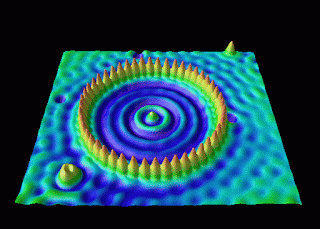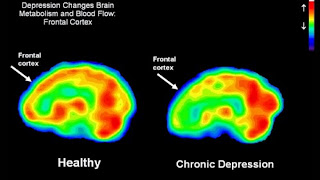 As I explored the Louise Darling Biomedical Library, I was
fortunate enough to come across some unique and special artifacts that are not
that old when it comes to collectability.
I came across some artifacts that were a part of space and a part of
human exploration of space. The experience
of human exploration of space is unfathomable.
Just by being near the possessions that were included in a space launch
made myself be filled with wonder knowing I was touching something that was not
within the world as we know it to be.
As I explored the Louise Darling Biomedical Library, I was
fortunate enough to come across some unique and special artifacts that are not
that old when it comes to collectability.
I came across some artifacts that were a part of space and a part of
human exploration of space. The experience
of human exploration of space is unfathomable.
Just by being near the possessions that were included in a space launch
made myself be filled with wonder knowing I was touching something that was not
within the world as we know it to be.
Anna Lee Fisher is a UCLA graduate of Chemistry and was
assigned to the 1978 NASA Group that boarded Discovery launch. She brought with her a small handheld book
written by Hippocrates himself and it was about the codes that a doctor or
physician should go by when tending to patients. She was the emergency physician on board the
spacecraft, and that made her the artist’s rendition of the mix between space,
medicine, and art, which are 2 different topics we talked about. The book is a unique art piece that is classical
in its medical practices, but it changes into a work of space art because it
was introduced into an atmosphere that is unlike the Earths.
 I also got to see a piece of a spaceship’s belly material
that is made of silicone to prevent the spacecraft from burning up once it
makes its descent back into the Earth’s atmosphere. The silicone material acts as a absorbent of
heat for the friction that is caused when the spaceship is trying to touch back
down. The tiles are angled in a way to
fit precisely into each other and are labeled to insure a safe structure. This is a testament to math and angles, which
is included in the topic of math and art.
I also got to see a piece of a spaceship’s belly material
that is made of silicone to prevent the spacecraft from burning up once it
makes its descent back into the Earth’s atmosphere. The silicone material acts as a absorbent of
heat for the friction that is caused when the spaceship is trying to touch back
down. The tiles are angled in a way to
fit precisely into each other and are labeled to insure a safe structure. This is a testament to math and angles, which
is included in the topic of math and art.
The collection was special for it is how space has been
disturbed by human interaction. The
interaction causes fascination and it is even overwhelming to think that the
objects were in space at once. As a
added greatest to Anna Lee Fisher’s legacy, she brought a UCLA banner with her
up into space. Go Bruins!
Works Cited/Links
"Library Special Collections for Medicine and the
Sciences (Biomedical Library)." UCLA Library. Web. 4 June 2015.
<http://www.library.ucla.edu/destination/library-special-collections-medicine-sciences-biomedical-library>.
"Anna Lee Fisher." Wikipedia. Wikimedia
Foundation. Web. 4 June 2015.
<http://en.wikipedia.org/wiki/Anna_Lee_Fisher>.
"Space Shuttle Questions." Physlink. Web. 4 June
2015.
<http://www4.hcmut.edu.vn/~huynhqlinh/olympicvl/tailieu/physlink_askexpert/ae524.cfm.htm>.
Dunbar, Brian. "STS-51A." NASA. NASA, 18 Feb.
2010. Web. 4 June 2015.
<http://www.nasa.gov/mission_pages/shuttle/shuttlemissions/archives/sts-51A.html>.
"Astronaut Bio: Anna Fisher (7/2014)." Astronaut
Bio: Anna Fisher (7/2014). NASA. Web. 4 June 2015.
<http://www.jsc.nasa.gov/Bios/htmlbios/fisher-a.html>.
















.jpg)

